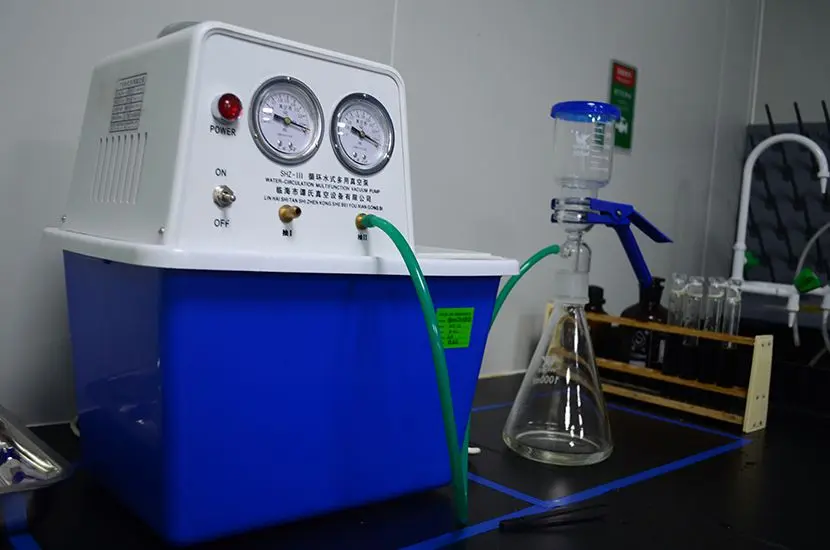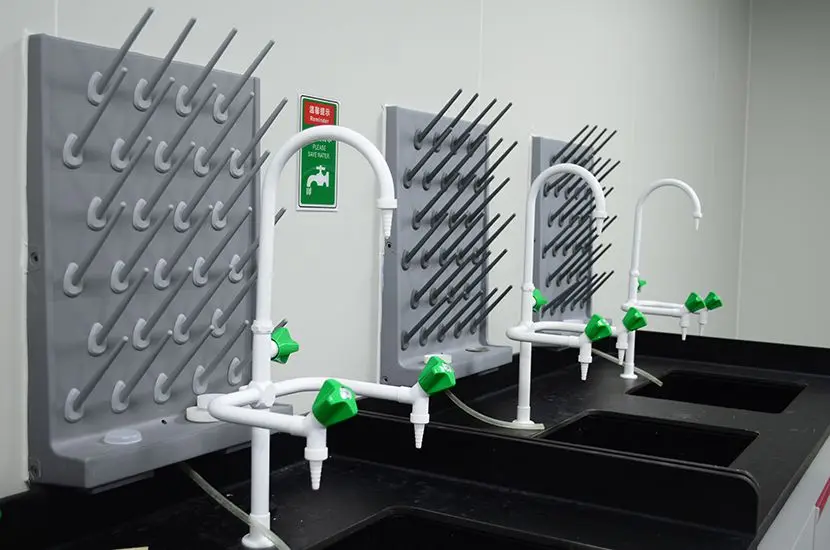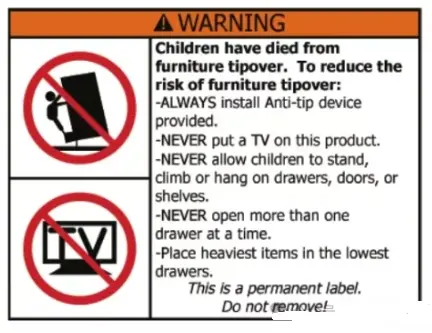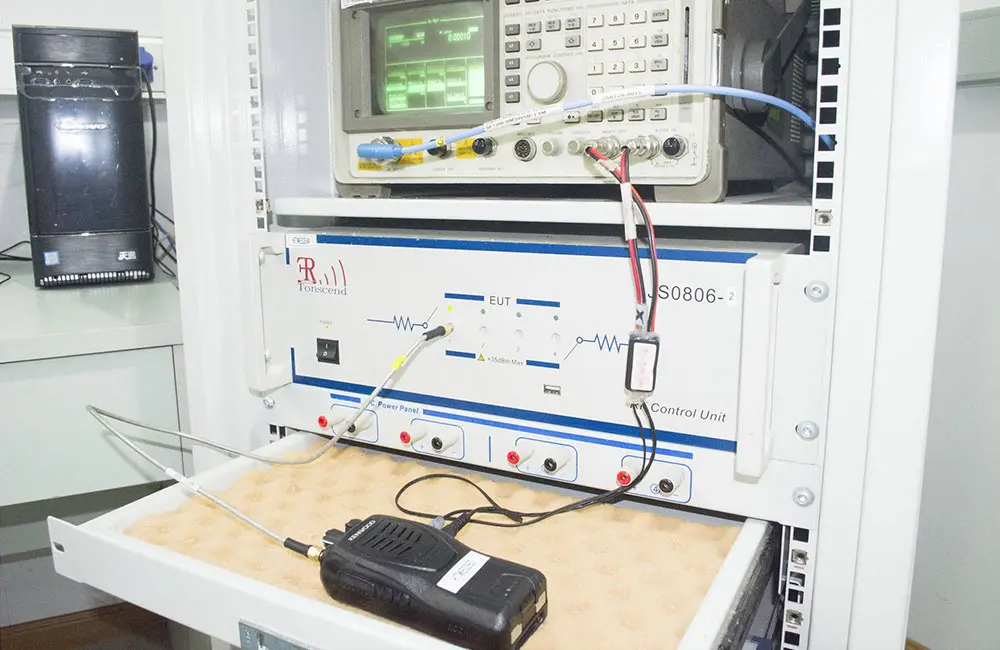
Smartwatch IP67 Dust and Water Resistance Testing
With the rapid development of technology and the improvement in living standards, smartwatches, as a form of wearable technology, are increasingly favored by consumers. However, smartwatches are exposed to various environmental conditions, such as dust and moisture, in daily use, making protection level testing extremely important. The IP67 protection rating is a common standard for smartwatches, directly related to their dust and water resistance performance.
Overview of the IP67 Protection Rating
The IP67 protection rating is a standard set by the International Electrotechnical Commission (IEC) to evaluate the dust and water resistance of electronic devices. "IP" stands for Ingress Protection, while the numbers 6 and 7 represent the dust and water resistance levels, respectively. Specifically, the number 6 indicates that the device is completely dust-tight, meaning that no dust can enter the device. The number 7 indicates that the device will not be damaged by water when submerged in a certain depth for a short period.
The Importance of IP67 Protection Rating Testing for Smartwatches
As a device worn daily, smartwatches often face challenges from dust and moisture. If a smartwatch's protection level is insufficient, it may not only affect its normal use but could also lead to device damage or even pose safety risks to users. Therefore, IP67 protection rating testing is crucial for smartwatches. This test evaluates the device’s dust and water resistance, providing consumers with a reliable quality assurance.
Smartwatch IP67 Protection Rating Testing Methods
Dust Test (IP6X)
The dust test primarily evaluates the smartwatch's ability to resist dust. The smartwatch is placed in a dust-filled environment, and its internal condition is observed to check for dust ingress. The specific steps are as follows:
1. Place the smartwatch in a dedicated test chamber, ensuring it is in normal working condition.
2. Inject a certain amount of dust into the chamber to simulate a harsh dust environment.
3. Seal the chamber and leave the smartwatch inside for a period (usually 2 hours), allowing the dust to settle on the device's surface and interior.
4. Open the chamber, inspect the smartwatch’s interior for any dust ingress, and record the test results.
The dust test ensures that the smartwatch remains unaffected by dust, even in extreme conditions.
Water Test (IPX7)
The water test primarily evaluates the smartwatch’s resistance to water immersion for short durations. The smartwatch is submerged in water to observe whether it sustains any damage. The specific steps are as follows:
1. Secure the smartwatch in a special testing fixture, ensuring it is functioning normally.
2. Submerge the fixture in water, with the water depth meeting the IPX7 standard (typically 1 meter).
3. Leave the smartwatch submerged for a specified duration (usually 30 minutes), simulating short-term water immersion.
4. Remove the fixture from the water, check the smartwatch for water entry, functional issues, and other abnormalities, and record the test results.
The water test ensures that the smartwatch remains undamaged when submerged in water for short periods.
Email:hello@jjrlab.com
Write your message here and send it to us
 Australia RCM LOGO Certification
Australia RCM LOGO Certification
 ANATEL Certification Process in Brazil
ANATEL Certification Process in Brazil
 Faucet European Standard EN 817 Testing
Faucet European Standard EN 817 Testing
 ISO 17025 Laboratory Test Report
ISO 17025 Laboratory Test Report
 Temu Requires UN 38.3 Certification
Temu Requires UN 38.3 Certification
 What is the Amazon ASTM F2057 Test Report?
What is the Amazon ASTM F2057 Test Report?
 How to get the Amazon SOR/2016-175 Test Report?
How to get the Amazon SOR/2016-175 Test Report?
 Amazon Electronic Product UL Test Report
Amazon Electronic Product UL Test Report
Leave us a message
24-hour online customer service at any time to respond, so that you worry!




